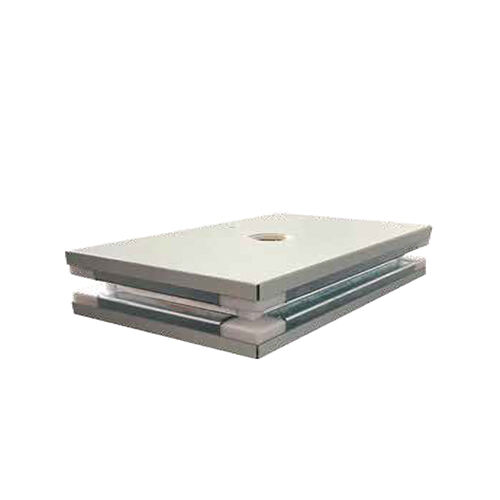A Guide to Pressure Units for Engineers and Scientists
Pressure Units For Engineers And Scientists To Understand Measurements Pressure is simply a force per unit area and plays an integral part across industries as well in every region ultimately influencing the design approach followed for any project. Read on for a more thorough look at the typical pressure units of engineering and science as well as their conversions.
Common Pressure Units for Engineers and Scientists
For engineering and science professionals, pressure is one of the primary parameters they work with on daily basis expressed in a variety units that vary across regions and industries. The most common pressures units such as Pascals (Pa), pounds per square inch (psi), bar, atmospheres (atm), torr and millimeters of mercury( mmHg).
Pascal (Pa): The Pascal is the standard unit of pressure in SI system, it is one Newton per square meter.
Pounds per square inch (psi): This American unit is equal to one pound of force spread over each square inch and when it comes from the oil-and-gas sector, this can be favored.
Bar: This is another unit of pressure that a lot people are familiar with because 1 bar = 100,000 Pascals or about 14.5 psi
Atmosphere (atm): Used in meteorology, this symbol is an overall measurement of the force exerted by the surrounding atmosphere at a certain elevation over sea level that almost equates 1 atm.
Torr: One Torr equals 1/760 of standard atmospheric pressure, or approximately 1.33 millibars and is commonly used in vacuum applications.
Millimeters of mercury (mmHg), which is used in medicine and scientific research to measure blood pressure, named after the height of mercury in a measurement tube
Conversion between psi and bar...
In real life, data interpretation requires the term conversions because different pressure units are managed. Some popular pressure unit conversions that can help you save a bit of time are...
1 psi = 0.0689476 bar OR KPa - Pa
1bar = 14.5038psi =100kPa ==100,000 Pa
1 atm = 14.6959 psi = 101,325 Pa
1 Torr = 0.00133 bar = 133 Pa
Unit Conversions of pressure - A Comprehensive Guide to Make Your Work Easy
For simple and easy pressure unit conversion, you can use numerous online units converging tools for effective translation between various other pressure units. All these tools provide better understand and handle with pressure units.
One good webbased alternative is the unit converter provided by National Institute of Standards and Technology that combines all those weird units: atmospheres, Pascals, Torr, mmHg. psi and bar are acceptable with Nist's.Unit Conveter Further, engineers and scientists use the Convertworld pressure converter to reference a standard list of pressure units with corresponding POSIX conversions.
Understanding mmHg to kPa Conversion and More
Using two different units for pressures can initially be troublesome but after a few questions you should find that the new skills become second nature to apply in this area. Example: mmHg to kPa - 1,
Multiply mmHg by 133.3224 = Pa
Pa / 1,000 = kPaimplementation
Let's say we need to convert a pressure of 760 mmHg in kPa:
760 mmHg * 133.3224 Pa/mmHg = 101,325.3123 Pa
101,325.312 Pa / 1,000 = 101.325 kPa
Conclusion
Finally, the more you learn about what pressure is and how it relates to other variables - such as temperature or volume of a substance -the better prepared you will be to interpret data in which your values are something like 100 kPa. You could speed up your working process and make more accurately in every work all you need to have the knowledge of conversion basic with some online tools like converter tool, calculator tool which will help any time on web.

 EN
EN












































